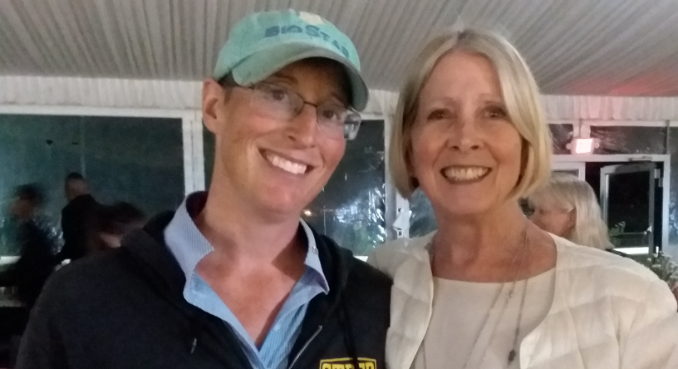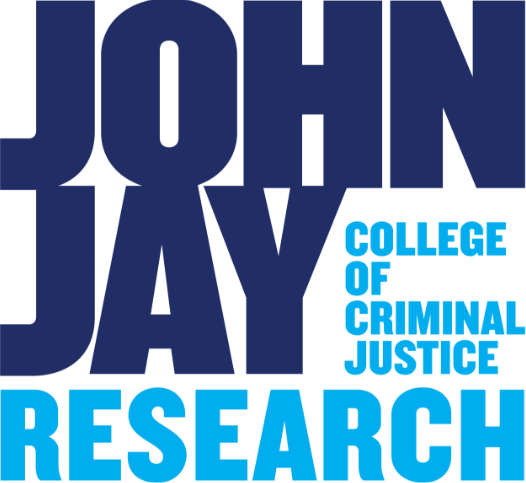Pandemics, Past and Present
In the history of viral outbreaks, Allison and Rae-Ellen Kavey find lessons for COVID-19
Author: Chase Brush

Even before the COVID-19 pandemic swept the globe in early 2020, John Jay adjunct professor Dr. Rae-Ellen Kavey was thinking about viral outbreaks. A retired pediatric cardiologist with a master’s in public health, Kavey has been interested in the subject since 2014, when she volunteered to go to Africa at the height of the Ebola crisis. Although she wasn’t ultimately able to visit, she continued to study the outbreak, as well as significant past pandemics.
To her surprise, Kavey soon realized that all major pandemics since 1900 were caused by viruses — and that there were no books specifically chronicling this history. So she set out to write one herself, while at the same time enlisting in her efforts a surprising partner: her own daughter, Dr. Allison Kavey, a full-time professor of history at John Jay. “We always talk about interdisciplinary work, but usually you mean interdisciplinary within the humanities or within the sciences,” Allison says of the collaboration. “You don’t mean bridging early modern history of science with very modern medicine.”
Published in September of last year, Viral Pandemics: From Smallpox to COVID-19, is the first book to look exclusively at the history of viral pandemics. Combining Rae-Ellen’s scientific expertise and Allison’s knack for historiographic narrative, each chapter follows the path of a virus from its origins to its emergence as a global crisis. Readers are given a chance to understand the power of each virus, how it spread, and how public health officials and politicians worked to contain it.
The book is also the first to document the burgeoning COVID pandemic. Rae-Ellen notes that she originally intended to end the book with Ebola, but was asked to include a chapter on COVID as cases in the U.S. began to mount in early 2020. The last-minute addition allowed the duo to study the outbreak in real-time, an experience she called fascinating: “I knew just as soon as all the most famous epidemiologists in the world did that this was going to be a global pandemic. There was no question about it.”
In looking back at past pandemics, the Kaveys were able to make some relevant connections to our current one. These included some similarities, such as the use of protective face masks among the general public, as well as the localized response to public health across the country. “During the influenza pandemic, some cities did incredibly well, while others did not,” Allison says. “And our response today is still very fractured. What we should be doing with this pandemic is studying who is doing it well and adopting those strategies.”
They also found many differences. “One of the things the book really focuses on is the way the world has changed, so that people are living closer and closer together,” Rae-Ellen says. “We’re seeing what happens when international travel can bring someone from Beijing to Montana in less than a day.” In addition, she says, “climate change is changing the vectors for viruses, and that brings all of us into a closer congruence.”
Allison, whose personal work focuses on the early modern history of science and magic, also believes that the response from public officials during this pandemic — chief among them former President Donald J. Trump — missed the mark. “We haven’t learned how to combat people’s desire to pretend things are not true,” she says. “Science can be wrong, but that doesn’t mean we can present facts as fictional.”
In the end, the Kaveys hope that their work will give both the public and public officials some much-needed perspective on viral pandemics — including those yet to come. “We’ve learned a lot from history,” Rae-Ellen says. “We just haven’t learned how to make it not happen again.”
